An energy efficient roof can also lower the costs of your utility bill. Though the initial price of having an energy efficient roof may shock you, the investment is definitely worth the reduced costs in the future. Reflective roofing can lower your roof’s temperature by minimizing the heat absorbed. Thus, there is less heat transfer into your home cutting the need for air conditioning by 10-15%. Premature aging of roof materials, rotting joists and decking, mold growth, and excessive heat retention during the summer are some factors that can contribute to the energy inefficiency of the roof. There are many forms of energy efficient roofing styles that you can choose from.
Roofing Options
Ballasted roofing is made up of a material that is put on top of the roof and held down by precast concrete pavers or stones.
Cool Roofs are designed to reflect sunlight and heat, more than the conventional roof which only reflect about 5 to 15 percent of the heat. The coolest roofing material is able to reflect more than 65 percent of the sunlight, which is ideally 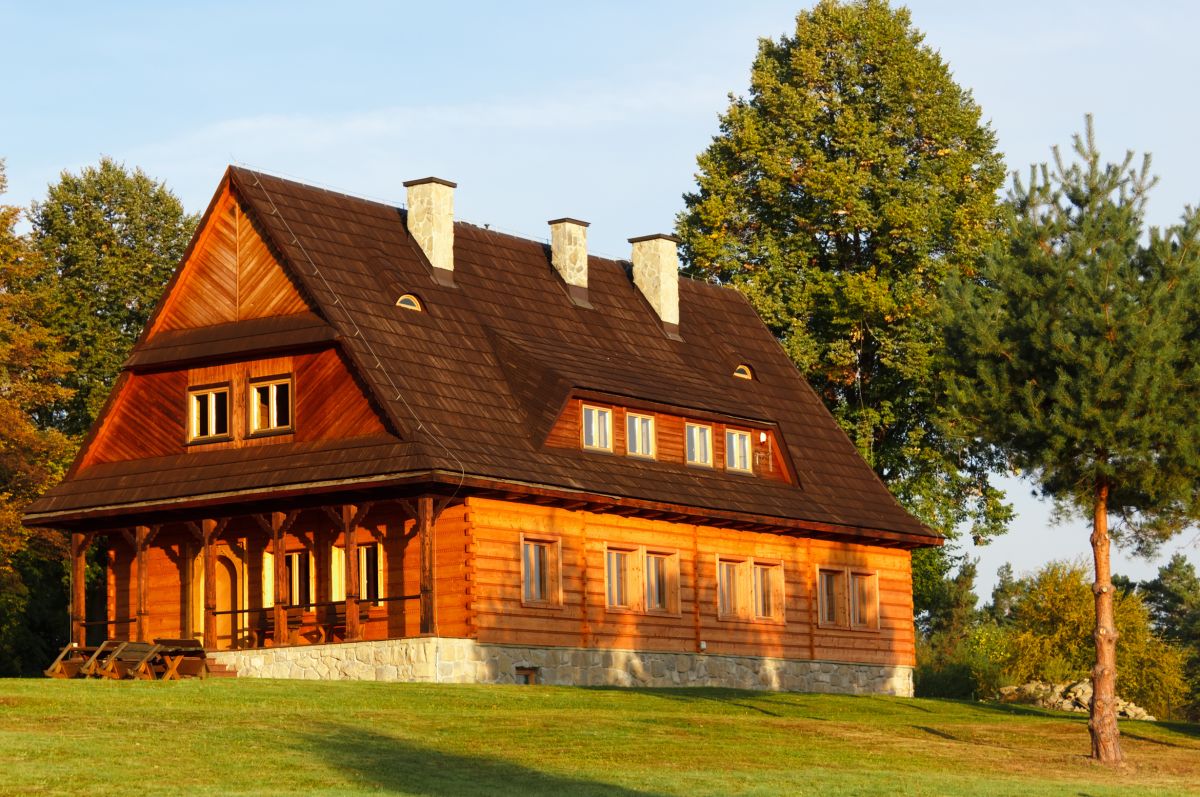 what you want-- high percentage of reflectance and emission. These percentages also allow cool roofs to have other benefits as well. They are also designed to reduce air pollution and greenhouse gas emission, have a longer life expectancy, and overall, improve the health and comfort of the home.
what you want-- high percentage of reflectance and emission. These percentages also allow cool roofs to have other benefits as well. They are also designed to reduce air pollution and greenhouse gas emission, have a longer life expectancy, and overall, improve the health and comfort of the home.
Low-sloped roofs are usually found on industrial buildings, commercial buildings, and huge family homes. With the addition of cool coating and single-ply membrane, these roofs can be made to last longer and prevent the growth of algae or mold. These coatings can be applied on asphalt, gravel, or metal surfaces. Single-ply membranes are made in prefabricated sheets and are glued to the entire roof.
Steep-sloped roofs are more commonly seen on residential homes and are usually made of tiling or of metal material. The tiles are made of clay or concrete and only reflect around 10 to 30 percent of the sunlight. So, metal roofing is usually the more popular option because of its durability and ability to reflect anywhere from 20 to 90 percent of the sun’s rays.
There are also green roofs which are essentially gardens that cover the entire roof with plants. The plants provide shade to the roof and helps to keep the building cool. Green roofs can also act as great insulators in the cold weather and can reduce the air pollution. This is especially important in densely populated areas where there seems to be little greenery or hardly any trees.
 Let a roofer give you an estimate on your project
Let a roofer give you an estimate on your project

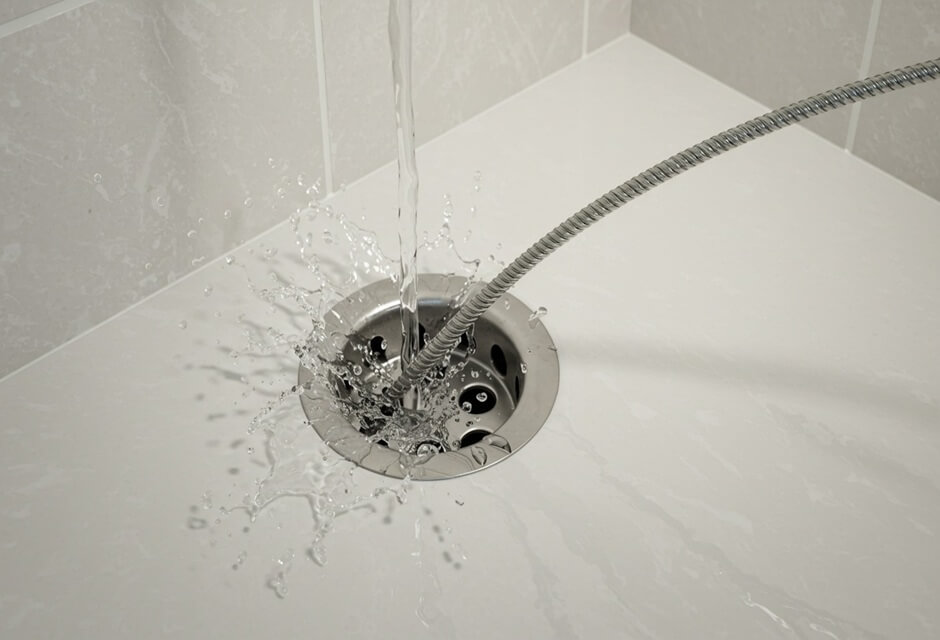
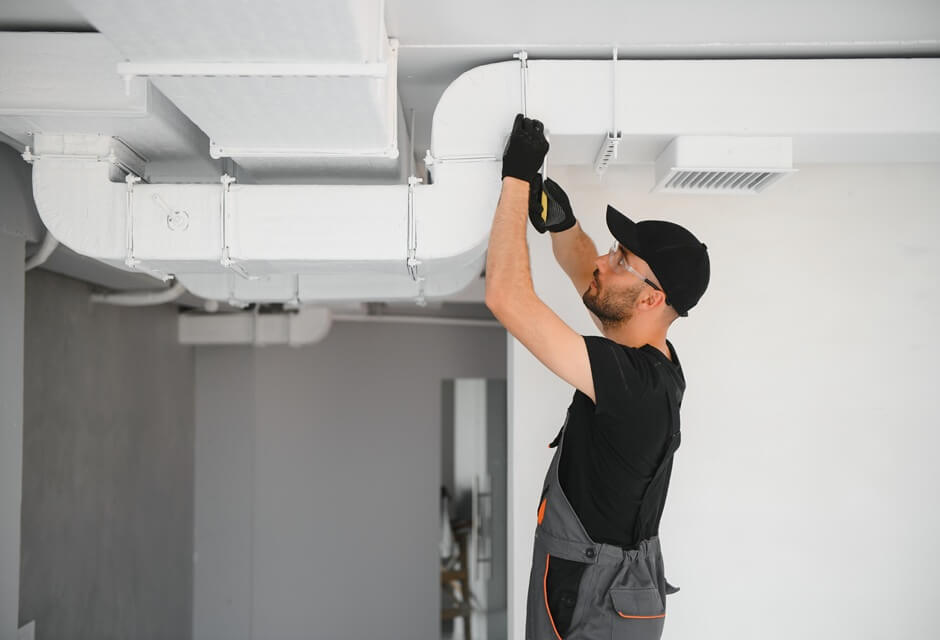
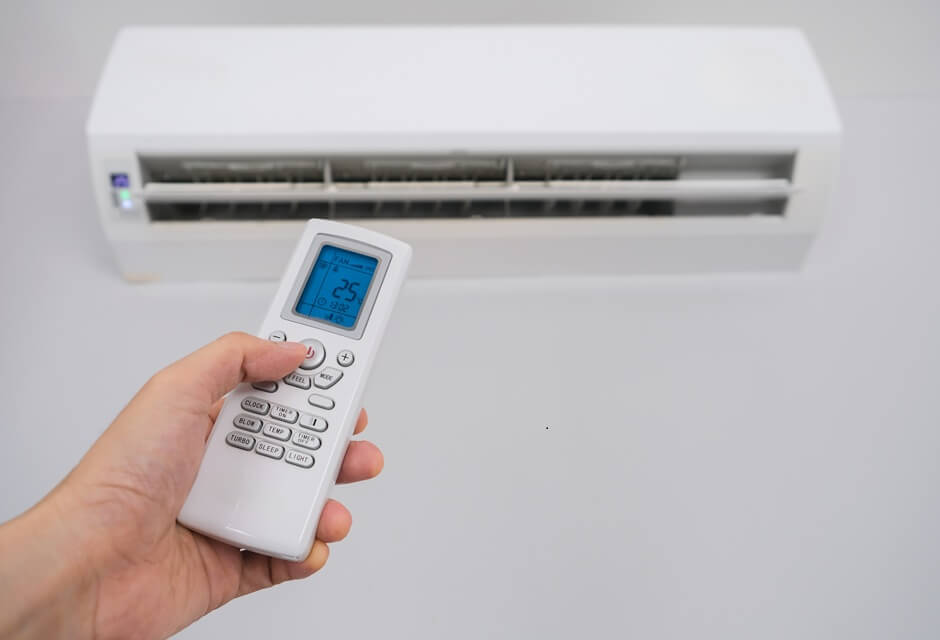
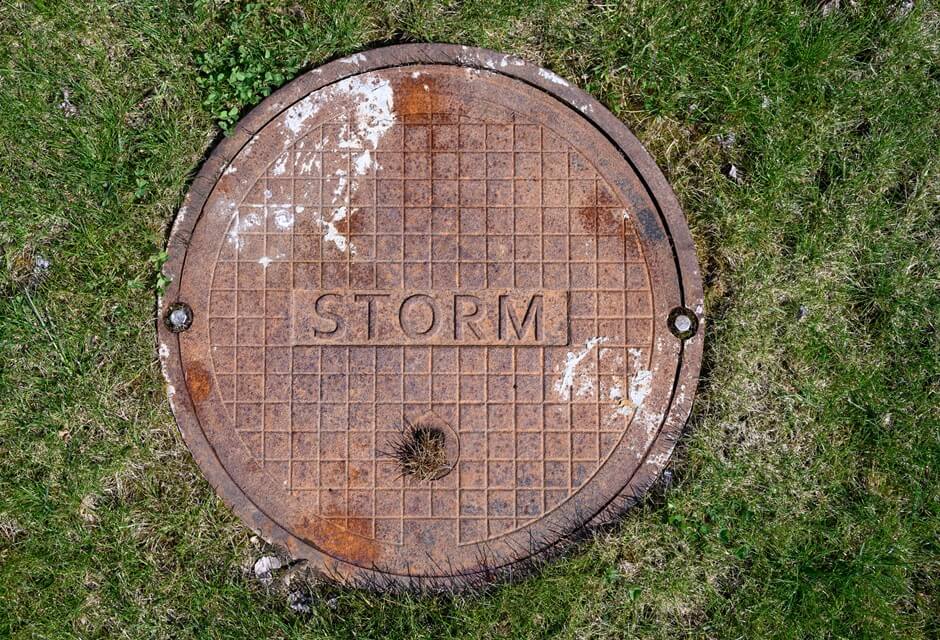
 Member of the
Member of the 